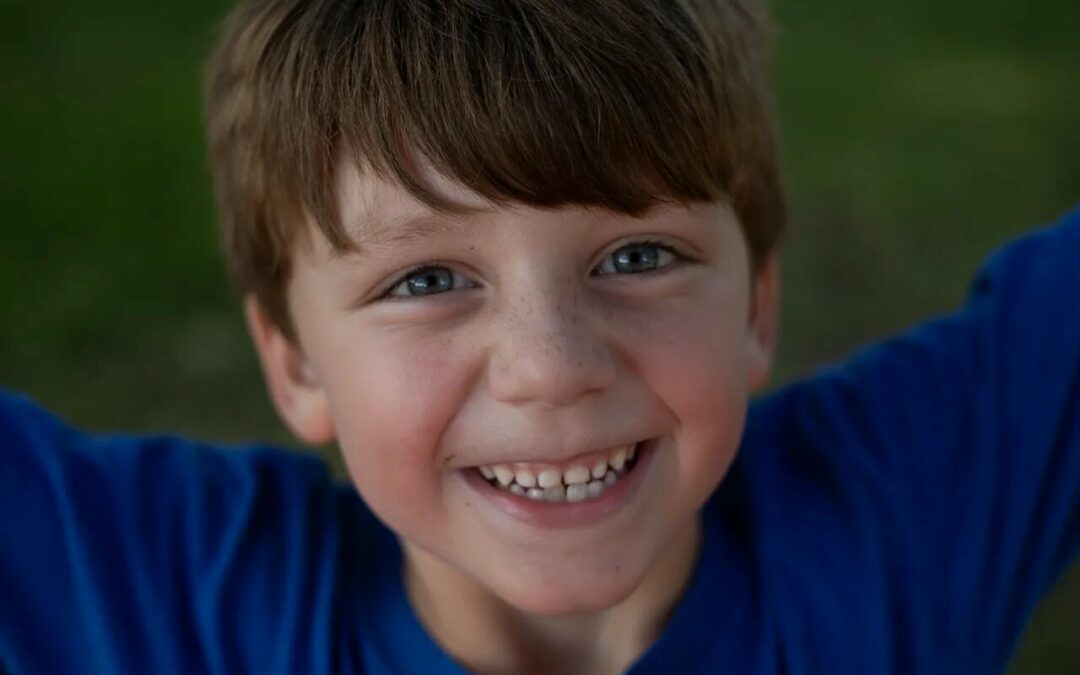by Maddie Lukens, MA
Receiving a diagnosis of ADHD at any age can be difficult to digest. As a parent, you might initially feel relieved because you have an answer to why things might have been so difficult for your child. On the other hand, you’ve entered into a new space with many questions and not many answers, and perhaps you’re feeling unsure of how to best support your child. In this blog series, I hope to unpack what ADHD is and how it can affect kids and adults differently. I’ll provide some tips & tricks to help you and/or your loved ones better manage your/their ADHD. You can read it on our website in the “Blog” section.
Attention Deficit Hyperactivity Disorder, or more commonly known as ADHD, is a disorder that affects a person’s brain, making it difficult for them to maintain attention, control impulses, and be still for long periods of time. Much of the difficulty a person might experience is related to tasks that involve executive functioning. Executive functioning tasks are completed by primarily using the front part of the brain, things like: planning, organizing, staying on task, using sound judgement, controlling impulses, etc. For a person who has ADHD, this part of their brain works differently than a person who does not have ADHD.
In kids, ADHD is typically first identified in the classroom because for the first time they are being asked to sustain their attention. At home, ADHD might be recognized by unfinished tasks around the house, inability to stay focused on one thing at a time, disorganized rooms/work areas. But the fact of the matter is, no child with ADHD is alike, and therefore the specific supports they need in order to be successful are all going to be different.
Here are some ideas to get the conversation started:
- For kids who struggle with inattention, consider making a task-list. Writing down a few things at a time (in the order they need to be completed) can help a child come back to the task at hand. Then as a parent or teacher, instead of checking in to see that they’ve completed a task, you can ask how their task list is coming along.
- Set timers. Timers can be really helpful because it can be difficult to compartmentalize tasks and stay focused on one thing at a time with ADHD. It’s important to start small; consider setting a timer anywhere from 5-20 minutes per task and then let them have a break. Set specific parameters for what they will be working on in that time.
- Routine and schedules. The more your child knows what to expect and how to complete the task, the more successful they will be. It’s helpful to have a work area that is designated just for school, or an area that is just for play. Overlapping these spaces can make it more difficult for someone to sustain their attention.
- Visual reminders. When someone with ADHD is off-task, they might not even realize it until they look at the clock or someone prompts them to stay focused. Visual reminders help to naturally prompt a person back to the task at hand. For younger kids, coming up with a diagram or a flow chart discussing the things they can do and making several copies can be helpful. For older kids, creating a checklist of things they have to do before they move onto the next task can be helpful.
- Color-coding tasks. Color coding tasks can be a way to introduce some creativity into your child’s environment and they can join in on the fun. Using symbols to indicate which class has homework or reading is one suggestion, or color-coding due dates for assignments can help prompt them to remember to study or prepare for something in the future.
Start Online Counseling in Colorado and Pennsylvania
As stated earlier, no child or person is the same; it often takes time to discover the specific needs and the correct supports to meet those needs. At Lime Tree Counseling, our counselors have worked extensively with kids and families affected by ADHD. So if you’re feeling lost, hopeless or need anxiety counseling, don’t hesitate to reach out today! We offer a free 15-minute consultation and provide online counseling for your safety and convenience.
*this information is not intended to diagnose.

